Chilling Reds
Fizz, white and, more recently, pink have held pride of place as the slakers of thirst on sunny summer afternoons. What about red? Why can’t we drink that cold? A couple of Melbourne’s top somms grabbed a handful of reds to find out.
The Australian wine landscape is no stranger to boom and bust cycles, but none perhaps so stark as what happened in the 2000s. Australia’s wine production increased exponentially with the planting frenzy of the 1990s coming properly online, but exports more than doubled, so everything looked rosy. That optimistic outlook was quickly soured by the GFC in league with other factors to see a downturn that was only recently corrected.
Influential American wine critic Robert Parker Jnr had minted many new cult wines destined for export markets. In fact, there were many brands that were developed – with souped-up, high-alcohol wines from old vines cloaked in oak – solely for the US market. In Australia, many of those brands were never sold domestically.
Naturally, Parker and his team reviewed most everything else as well, but these export-only wines were built on a fragile base, with the rug about to be pulled from under them. When the Global Financial Crisis (GFC) hit in 2007, discretionary spending on pitch-black Barossa shiraz was an easy casualty. What were once seen as investment opportunities were almost instantly drained of value.
Those wines started to flood back into the domestic market, with bemused wine buyers not easily convinced by the same sales pitches that got them into the US market. Truth is, the boom of these wines had stalled somewhat earlier, with the writing on the wall appearing in both US and other markets. Some of the wines – though not all – that had wowed critics early on and drawn in consumers were falling off restaurant wine lists and being heavily discounted by wholesalers and retailers alike.
Many South Australian wines that the brief premium export boom was built on started to flood into other markets – including back where they were made – sporting tell-tale US back labels. And though this should have been a warning sign, the machine kept turning out wine. For a time…


While the premium end of the export market was taking a battering, the budget sector wasn’t so badly affected. Casella Wines, whose Yellow Tail range became a phenomenal success story in the 2000s dropped in profitability in 2009, with the GFC still biting, but remarkably that wasn’t reflected in a drop in sales. In fact, sales grew during the height of the crisis.
Yellow Tail was developed by an American company Deutsch Family Wine and Spirits in league with Casella. The wines were very fruit forward with enough acid and/or tannin to hold things together, but not so much as to notice either. It was a product specifically designed to appeal to existing American tastes, rather than impose them.
In 2001, the first wines hit the shelves in the US, with 200,000 cases being sold. A year later that figure was 2.2 million and around 8.5 million by the end of the decade. Mike Veseth of The Wine Economist laid out the figures in a 2008 piece: “This one wine brand represents about 8 percent of all Australian wine production and 15 percent of that country’s total wine exports. Yellow Tail sells more wine in the U.S. than all French producers combined.”
The range also spawned a legion of imitators, making friendly uber-economical wine, and often with some kind of critter on the front – hence ‘critter wines’ entered the lexicon. As Deutsch Family Wine and Spirits CEO Peter Deutsch told VinePair in 2015: “In 2001 you couldn’t find an animal on a bottle of wine, now you walk in to a wine shop and it looks like the Bronx Zoo.”

The 2000s was a tough decade for Australian farmers, and grape-growers were not spared the trials. The Millennium Drought lasted from 1996 to 2010 – when La Niña stepped in – crippling agriculture and threatening the water supply for capital cities in southern Australia. It was a brutal time for those growing grapes, and the added impact of bushfires saw many harvests lost or affected by smoke taint.
In 2003, bushfires affected the Beechworth region, prompting makers like Giaconda to declassify or not make wine. In 2007 fires raged across Victoria, affecting grapes in Gippsland and the Yarra, for example. The Yarra was again hit in 2009, with fire raging through several vineyards and the impact of smoke on the grapes leading many to abandon the harvest of red grapes altogether.
For makers, learning to manage smoke taint, which affects the flavour of the wine with an ashy profile and an acrid finish, was just beginning to be another challenge that would need to be managed, with another decade passing and the research still in its infancy. In the widespread fires of 2019/20, that became an issue that would receive due attention, though many growers in Kangaroo Island, the Adelaide Hills and Tumbarumba had greater worries, with vineyards either destroyed or badly damaged.
No doubt there were meaningful fire-related losses that affected the yield in 2009, but the drop in production was connected to the larger trend of a downturn. The national crush had dropped by 100,000 tonnes, a 5.4 per cent drop on the year prior. In South Australia and NSW’s Hunter Valley, for example, the boom in red wines had well and truly stalled, with contracts torn up and vineyards going unpicked. It was a tough end to the decade.
Australia certainly reported export growth through the decade, but it was now competing with other New World producers that were looking for a slice of the action, with Argentina and New Zealand significantly improving both the volume and value of their sales, with the latter seeing a 645 per cent increase in volume and a 708 per cent increase in value. Australia increased by 248 and 201 per cent respectively, but its value contribution of southern hemisphere New World producers actually shrunk by 11 per cent. That change was no better seen in our domestic market, with New Zealand sauvignon blanc taking a stranglehold on the white wine market.
Viewed as a decade, it was a successful one for Australian wine exports, but the growth that saw exports double by 2006 from the 2000 figures also saw them slump back to 2003 figures by the end of the decade. It was a slide that continued through the next decade with the 2020 numbers still short of the 2007 high.
Australia was making and exporting a lot more wine, but it was losing ground, and the explosion of plantings that had occurred in the 1990s and through the early years of the new century meant there was a significant oversupply. There was even talk of a subsidised vine pull, though perhaps the wounds of the one in the 1980s still felt too fresh for that to gain traction.
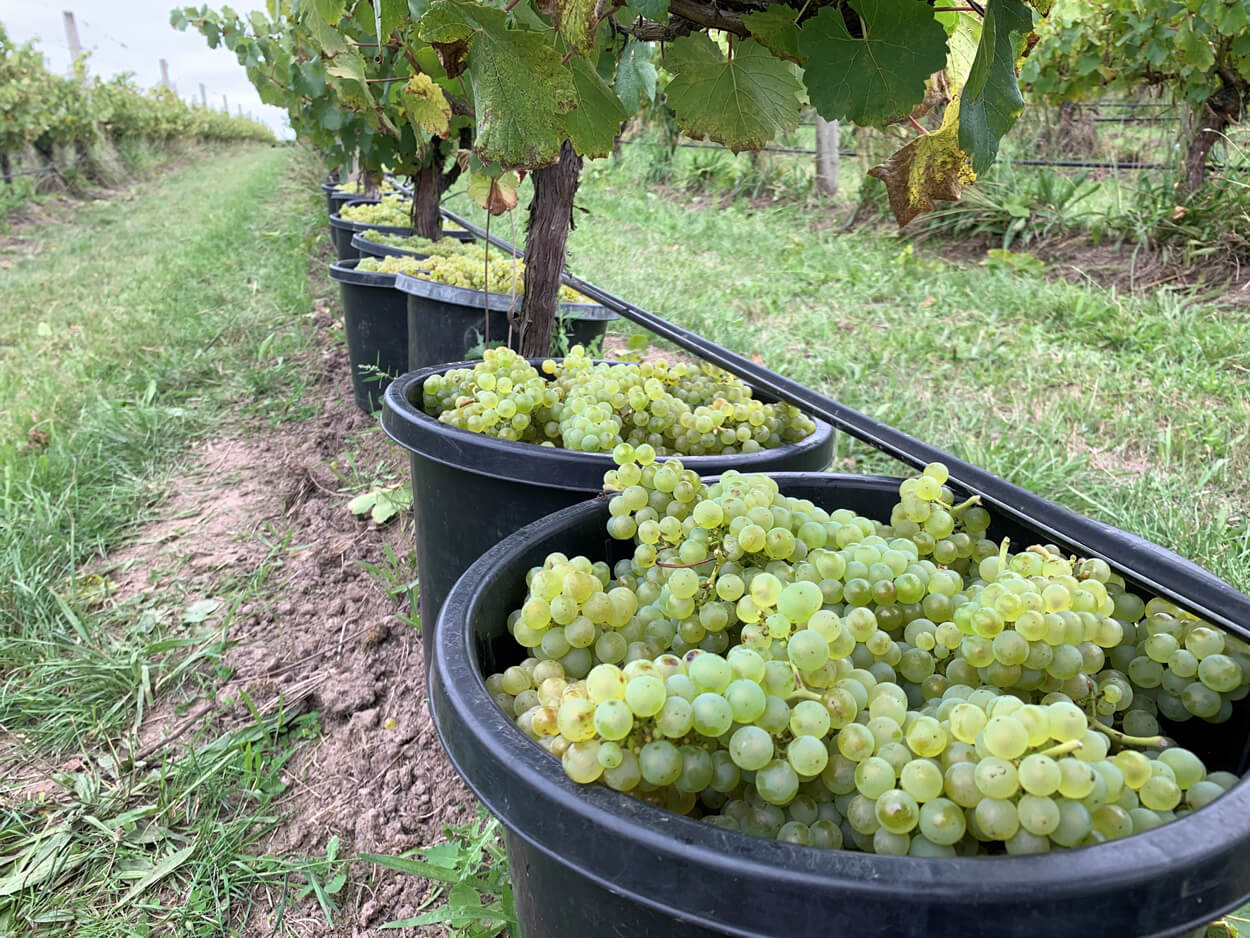
While Critter Brands were taking on the leviathan that is the American market with soft and fruity chardonnay, amongst other varieties, the home market was tiring of the styles that had been so ubiquitous in the 1980s and ’90s. Many wines had got so broad, soupy and dripping in buttery flavours that they were becoming a chore to drink, and they had the justified if entirely unwanted reputation of being very short lived in the cellar.
The 2000s saw the swelling of the ABC (or anything but chardonnay) movement. Those drinkers had been largely wooed by the charms of New Zealand sauvignon blanc, with its buoyant fruit, zippy acidity and, more often than not, a cushioning dose of sugar that was only really detectable for a serious taster. And there were few serious tasters drinking it. In fact, while the public rebelled against chardonnay, many wine professionals rebelled against sauvignon blanc, while embracing a new take on chardonnay.
While the bottom rung of the chardonnay ladder remained pretty consistent in style, the 2000s saw the pendulum swing dramatically in the opposite direction. Some makers went fully skeletal, picking at very low ripeness and skipping the new oak, which attracted as many fans as detractors, while others sought to turn the volume down on the winemaking and pick earlier to capture freshness.
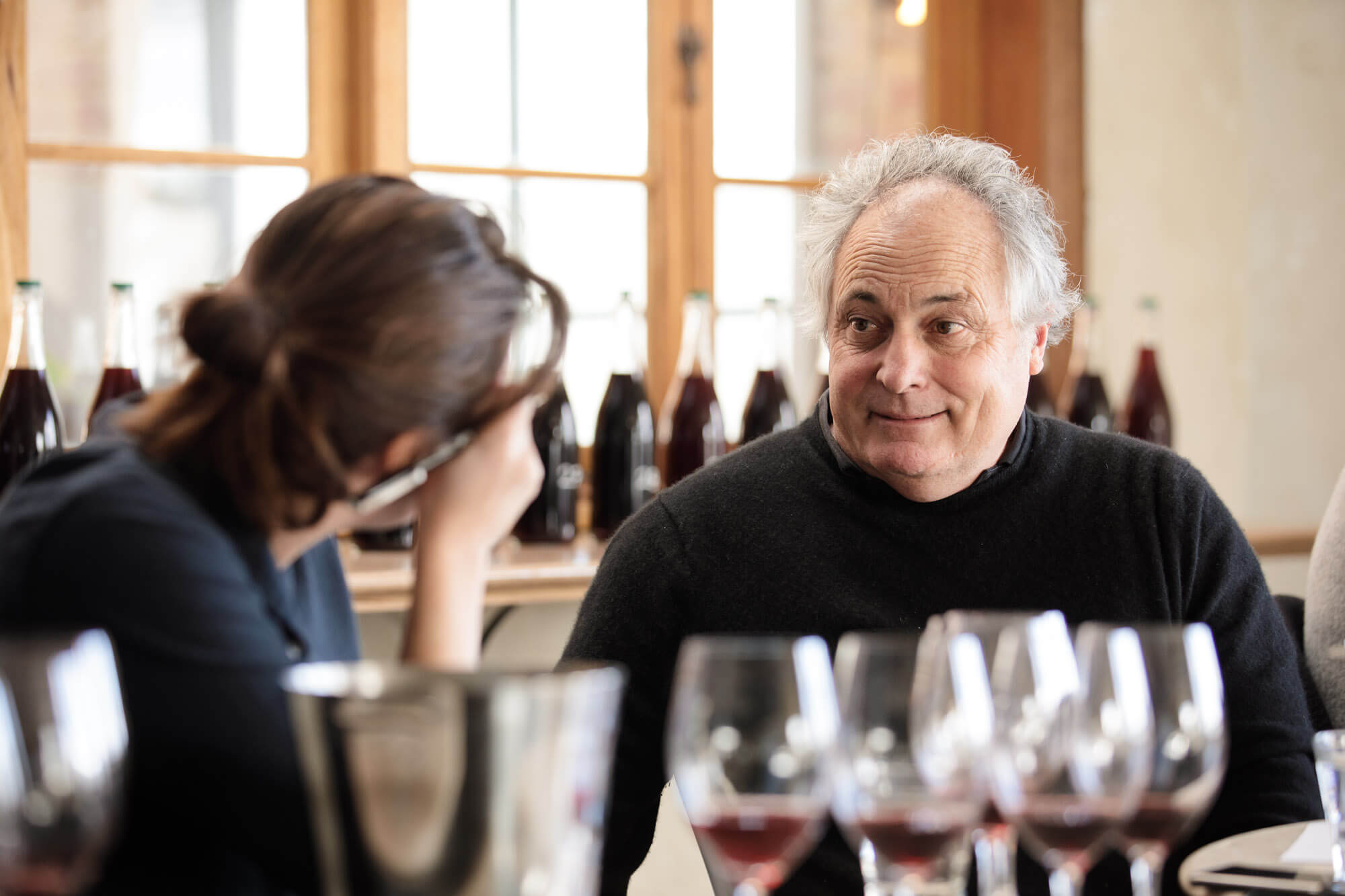
“2005 was the first vintage that we felt we understood the benefits of picking early, with moderate alcohols, no added acid character, less diacetyl [responsible for the buttery character] from lactic acid bacteria operating at lower alcohols etc. We started to see white flowers instead of butterscotch characters, with more longevity in the wines,” says Webber.
At the core of that style shift was De Bortoli’s Steve Webber who had a team of makers under him that would come to shape the wine industry in the years to come. That group included David Bicknell, Paul Bridgeman, Timo Mayer, William Downie, Barnaby Flanders and Sarah Fagan, who runs the show with Webber to this day. Downie was at the tiller in 2002, when chardonnay production was overhauled (so too was the pinot noir process, with earlier picking and less extraction to make finer, more fragrant wines).
“Up until then, we just kept waiting for fruit to reach a prescriptive sugar level of about 13%, and all we saw was the acidity drop away and the wine stall at 12.5 Baume [a measure of grape sugar that translates to alcohol once fermented] anyway,” says Webber. “2002 was the first vintage we started picking at about 12 Baume and holding onto the acidity.”
This principal was also underscoring a general trend towards tinkering less with wines. The Australian wine industry is often criticised for adding acid, and makers were becoming more intent on pursuing wines that were balanced at picking. The De Bortoli wines were also notable for eschewing new oak, seasoning their new barrels by first maturing their entry-level Gulf Station wine in them.
“2005 was the first vintage that we felt we understood the benefits of picking early, with moderate alcohols, no added acid character, less diacetyl [responsible for the buttery character] from lactic acid bacteria operating at lower alcohols etc. We started to see white flowers instead of butterscotch characters, with more longevity in the wines,” says Webber.
De Bortoli weren’t operating in isolation, with many makers from the Yarra Valley, Mornington Peninsula, Macedon, Tumbarumba, Margaret River, Tasmania and the Adelaide Hills, for example, walking a similar path. It was a revolution that has shaped the world-class chardonnay that Australia is now so well known for.
Just after Australian chardonnay had it’s mid-life identity crisis, the first blip on the radar emerged of what would become a revelation to wine from white grapes in this country. Kevin McCarthy – who was somewhat of a veteran at this stage after pioneering pinot grigio on the Mornington Peninsula with Kathleen Quealy – made what is regarded as Australia’s first intentional orange wine, ‘Claudius’ That was made under the T’Gallant banner, first in 2007, but it was the ’08 that he pushed to the extremes that he wanted. It’s odd to think how much of a foreign concept it was back then, considering – like them or not – how much of a part of the picture skin-contact whites now are.


The 2000s was also a time when younger makers were starting to evolve different approaches to sourcing grapes and making wine. After leaving De Bortoli, William Downie struck out on his own in the latter half of the decade, mainly making Pinot Noir from a variety of sites in Gippsland, Mornington and the Yarra. His quest was for the right place to make wines of genuine site character, and he was adamant about pushing winemaking into the background.
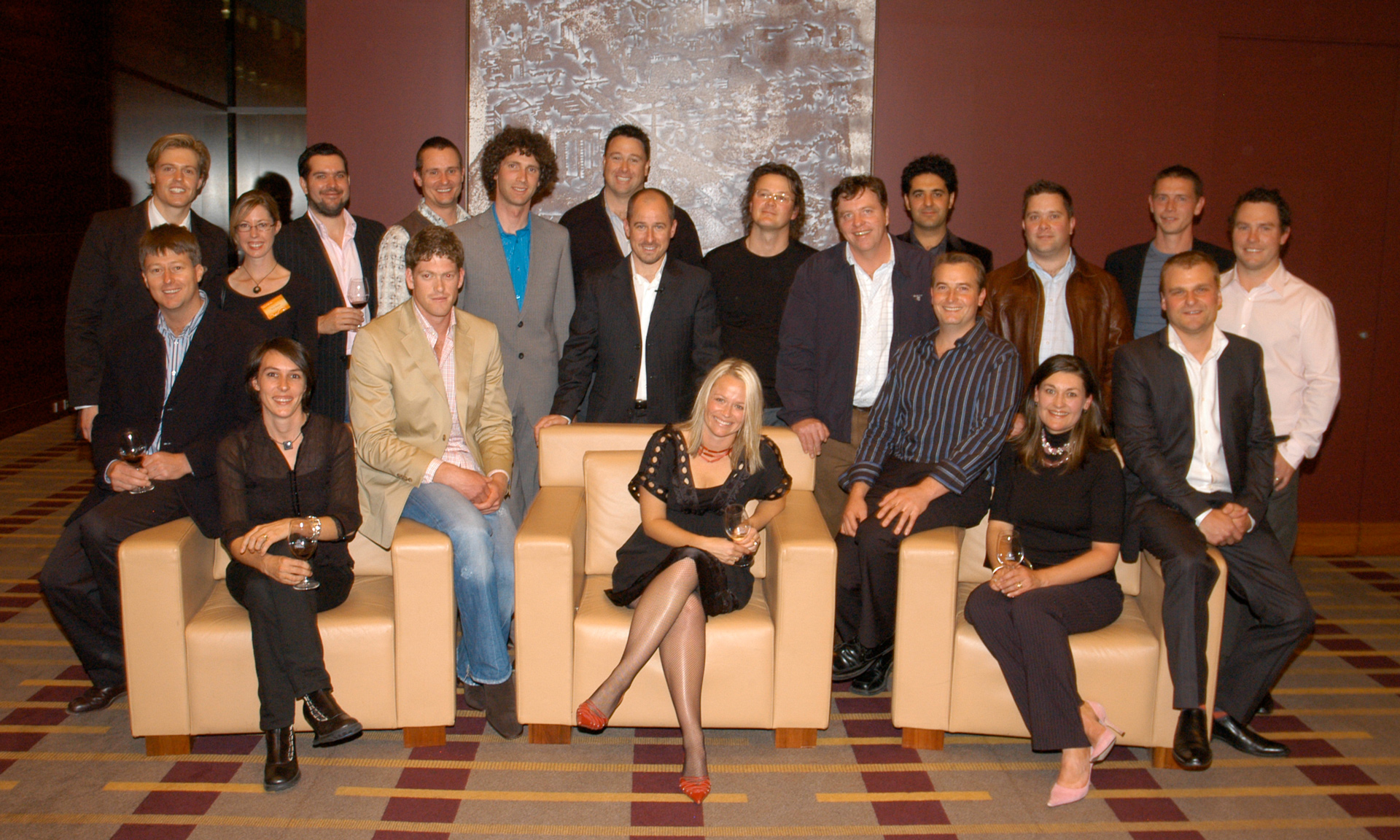
By the end of the 2000s, Mac Forbes was doing the same thing in the Yarra with a chardonnay and pinot noir focus, while pursuing Germanic styles of riesling in the Strathbogie Ranges. He was chasing wines of place, and meticulously farmed sites that he could lease, or worked with like-minded growers. That would be an emerging theme of the decade that was to follow, with vineyard and sympathetic farming driving makers more and more, with the idea that a wine can be constructed by the winemaker a theme left back in the 1990s.
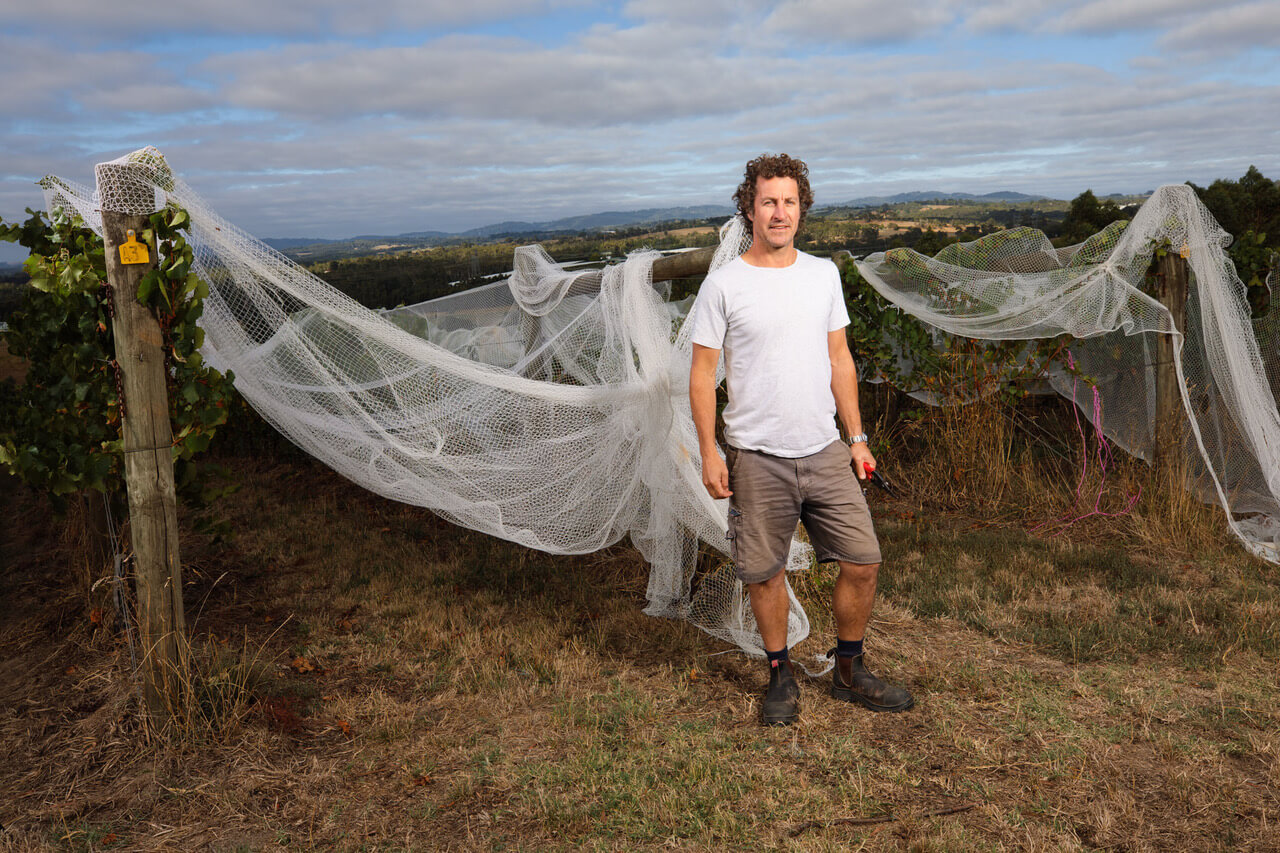
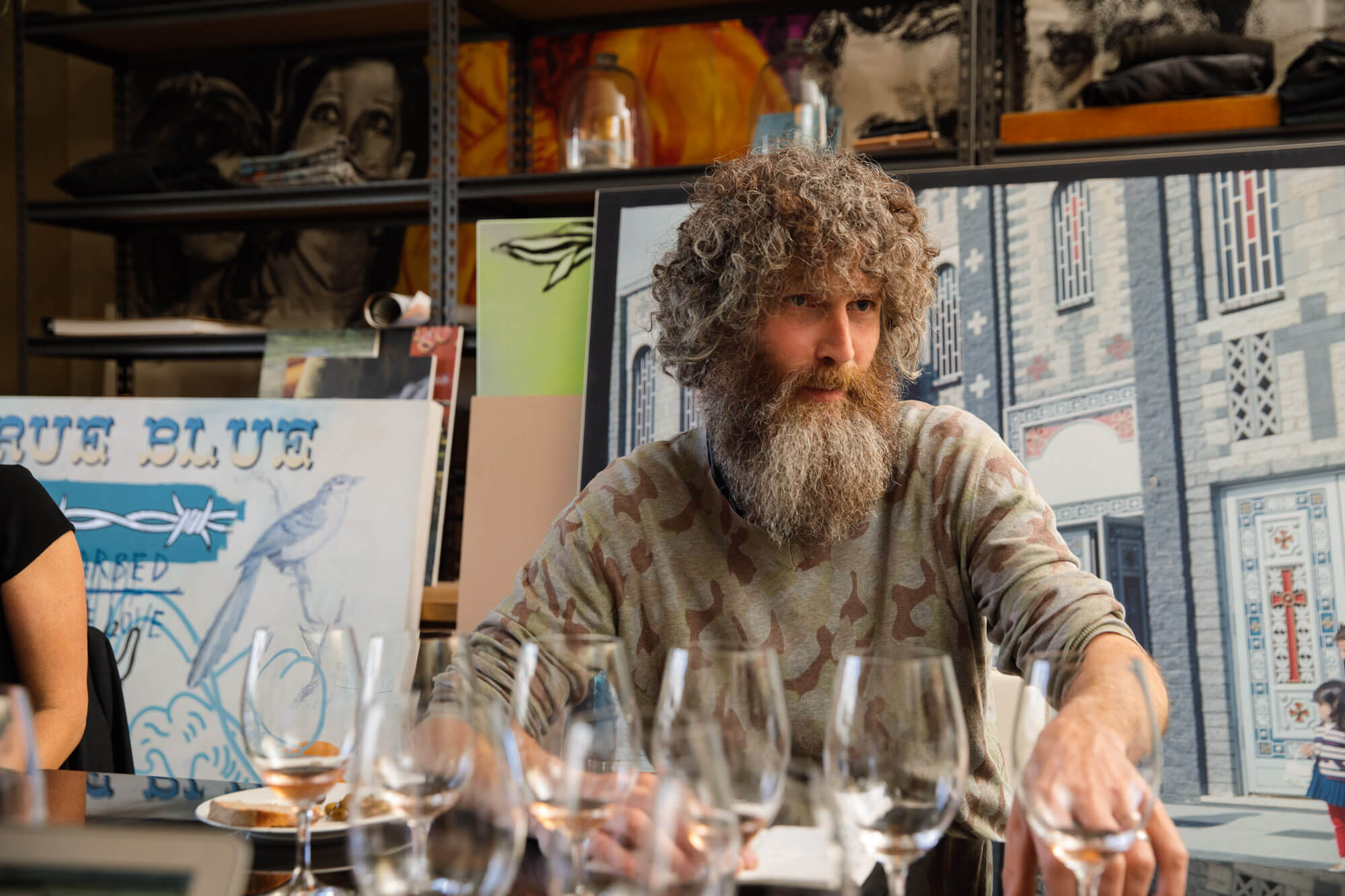
Makers like Gary Mills of Jamsheed and Adam Foster of Syrahmi were also helping to shape a new narrative for shiraz, working with noble sites across Victoria, and in the case of Mills employing 100 per cent whole bunch fermentation. Across in the Barossa, Pete Schell was carving out a name for himself with Spinifex – a winery which in the following decade would become somewhat of an incubator for new talent. Abel Gibson of Ruggabellus, James Erskine of Jauma and David Geyer of Geyer have all come out of the Spinifex shed. While Alex Head was also pushing against the pervasive narrative that Barossa reds had to be monumental in scale.
There was also generational change afoot. For example, Nick Farr was making wine under the Farr Rising moniker, serving somewhat of an apprenticeship before he’d take the reins alongside his father, Gary, for their family’s iconic By Farr label – founded after steering Bannockburn, which helped to see Geelong recognised as an exciting home for chardonnay and pinot noir.
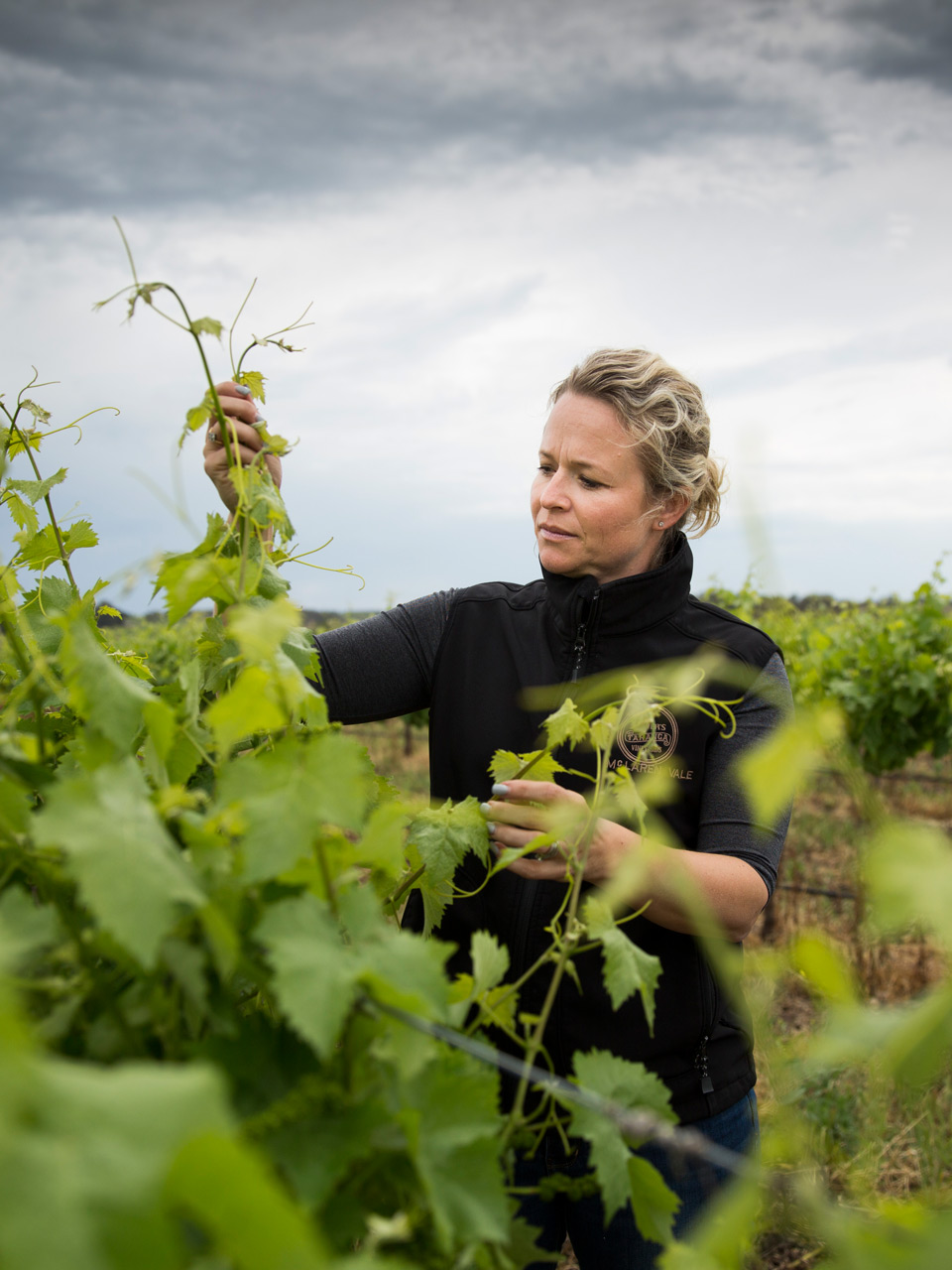
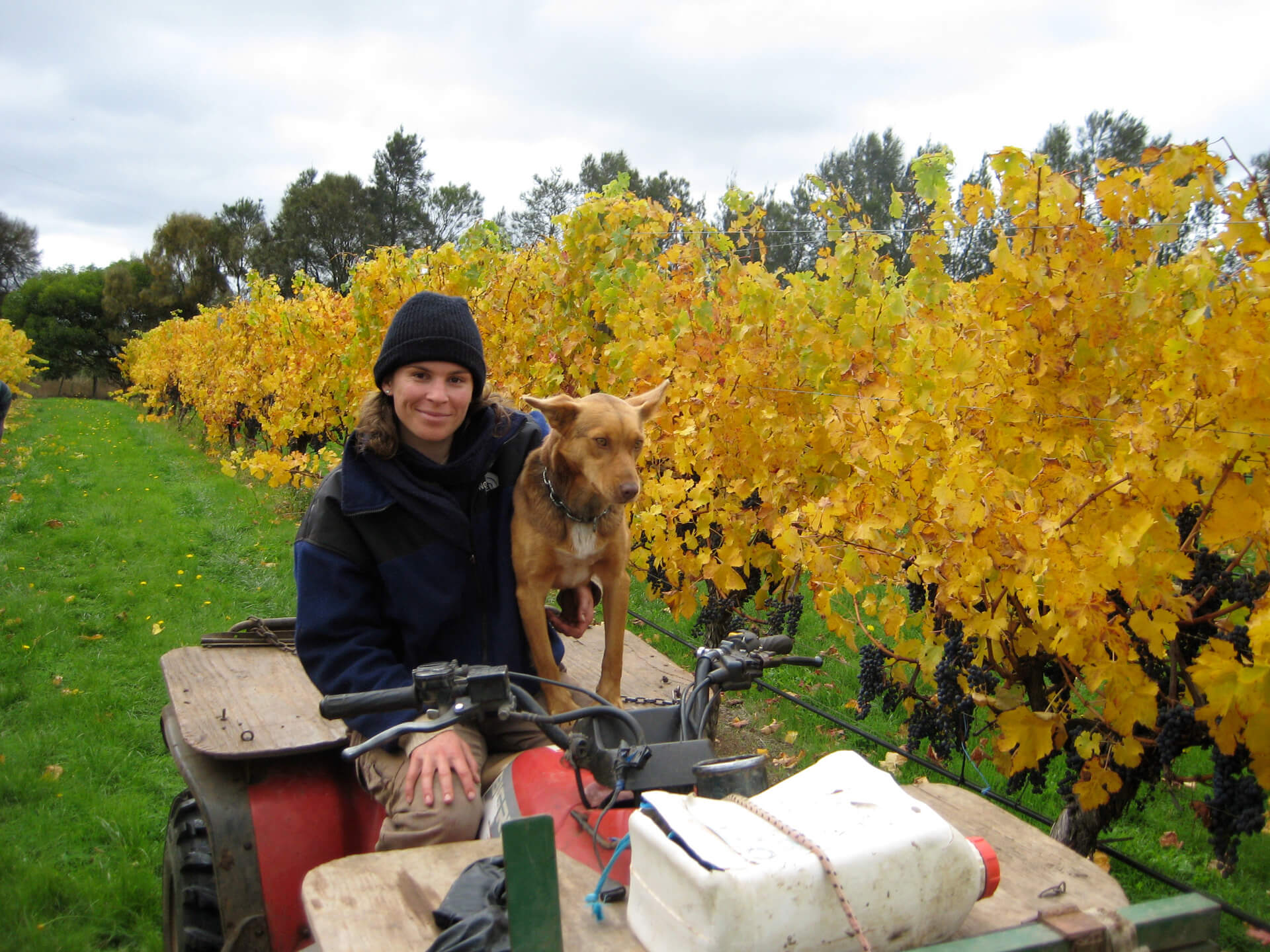
Further south-west at Henty’s lauded Crawford River, Belinda Thomson was sharing the winemaking and viticulture responsibilities with her father, John Thomson, before taking the reins solo in the next decade. Critically, that included her lobbying successfully to transition to employing organic principles. A little further west still, Corinna Wright was steering her family’s McLaren Vale estate from being solely growers to becoming celebrated makers under the Oliver’s Taranga label. Wright is a sixth-generation custodian of the family vineyards and her more classic wines became beloved by the press (including one Mr Parker), while she also pushed heavily into less-known varieties, including fiano and vermentino, later also becoming the first in Australia to plant mencía, making the first Local version in 2014.
Establishing a platform for this new generation of creative winemakers to connect to the public and trade, the Young Gun of Wine Awards started in 2007. While these awards were originally created as an event to offer a stepping stone to wine discovery for young adult drinkers, over the years it would chronicle just how exciting and dynamic the small maker community has become. Matt Gant won the judge’s trophy in the first year with a montepulciano from the Adelaide Hills. A look at the records of the YGOW Awards shows just how much change occurred in a decade from the inaugural edition: In the 2007 awards, there were 22 wines from 22 winemaker finalists featured, and they were mostly classic varietal wines: shiraz, chardonnay, riesling, pinot noir, cabernet sauvignon, and so on. Of the ‘alternative’ varieties, there was only one montepulciano, one tempranillo and one dolcetto. But scroll forward a decade, and schioppettino, tinta cão, sousão, grüner veltliner, müller-thurgau, bianco d’alessano and many more made up a diverse 100 wines – made from around 40 different grape varieties – on the 2017 Top 50 winemaker list.


The 2000s was also a time when so many newer regions really made their mark. With so many vineyards planted in the 1990s and earlier pioneering plantings reaching a stage of meaningful maturity, regions such as the Mornington Peninsula, King Valley, Heathcote, Macedon and Geelong were etching out recognisable identities, while places like the Canberra District, Orange and Tumbarumba were making waves further north, along with Queensland’s Granite Belt, which started to be seen as a serious player. In Western Australia, producers like Frankland Estate were making a convincing case for the vast and somewhat Isolated Great Southern, while Margaret River continued to roll on, growing in acclaim primarily for cabernet-based wines and chardonnay
In the Adelaide Hills, Shaw + Smith, Ashton Hills and Petaluma – which Brian Croser would soon unhook from after a corporate takeover, which would see him launch Tapanappa with his original vineyards – were perhaps the quality leaders, but there was also revolution brewing in the Basket Range, with makers of a lo-fi bent starting to hone their minimal-intervention practices. And although some more conspicuously avant-garde makers would come to grab the spotlight, growers and makers like Ngeringa had already placed the emphasis on farming, with Erinn and Janet Klein planting a vineyard in 2001 on the family’s property that was already certified biodynamic. That focus on organic and biodynamic viticulture would become a feature of the decade and even more so the one that followed.
That focus on farming was arguably led by well-respected makers who switched to organic and biodynamic methods, such as Vanya Cullen who moved to full organics on her family’s Wilyabrup property in 1998 and was certified biodynamic in time for the 2004 vintage. But while Cullen was proud of the fact, the declaration on the label left many traditional drinkers cold. That’s not that long ago, but it’s a time when organic and biodynamic farming were seen as a tad mystical, and producers employing it were unlikely to be viewed as quality minded.
That was all about to change, though, with many growers turning away from chemicals in favour of natural solutions. It was happening on a sizeable scale, too. Although not certified until 2011, the Paxton vineyards in McLaren Vale were in transition to biodynamics in the late 2000s. That was a big statement for holdings of some 140 hectares. That was a path that others were on, too, with nearby Gemtree beginning their biodynamic transition in 2007 across 125 hectares, while Angove also began their organic program in the 2000s, with all 500 hectares now certified.
This drilling down on farming, which had been anchored by small growers like Sorrenberg, Castagna, Jasper Hill and Cullen, amongst others, was to provide a major theme for the decade to follow, especially with the impact of climate change having a palpable influence.
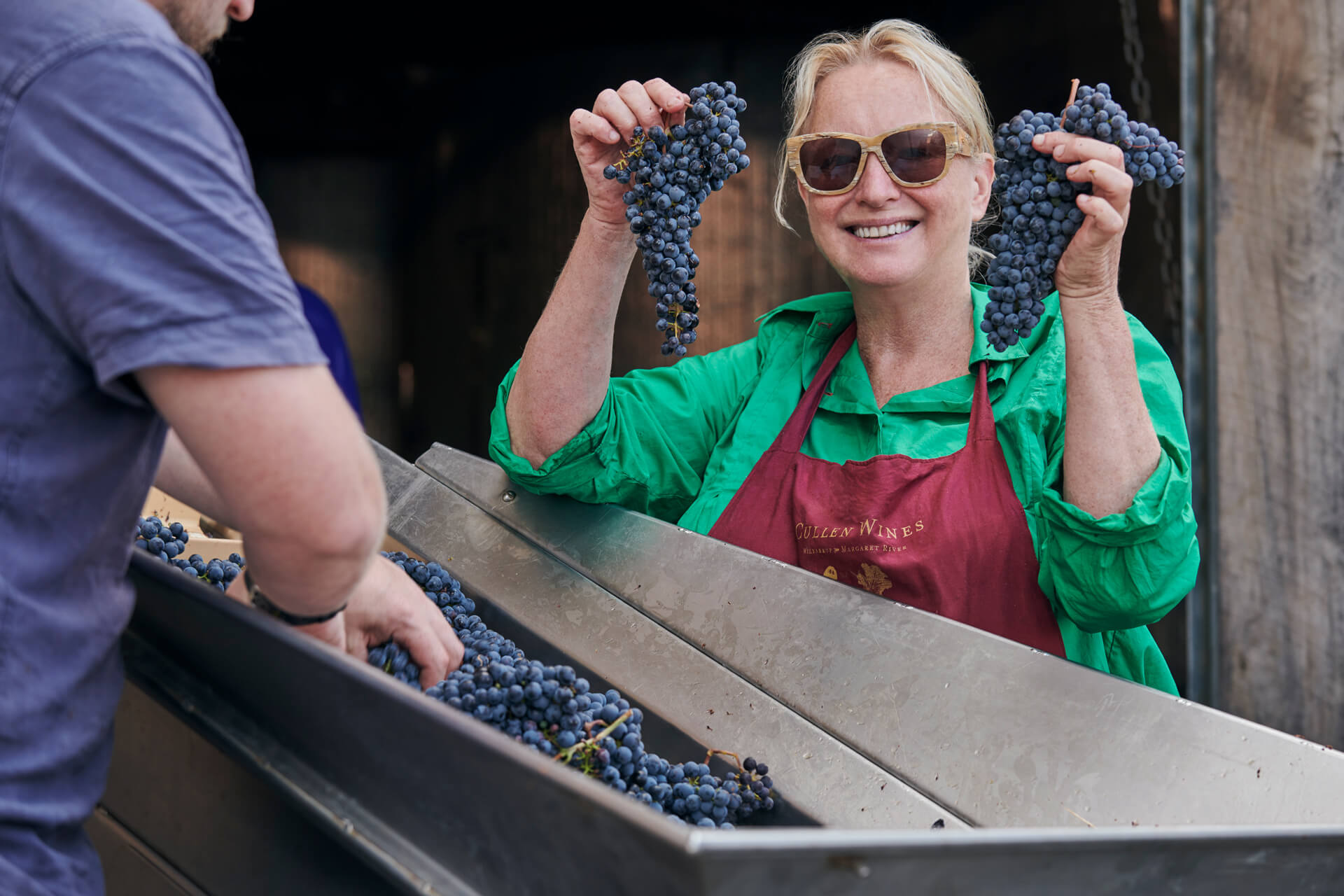
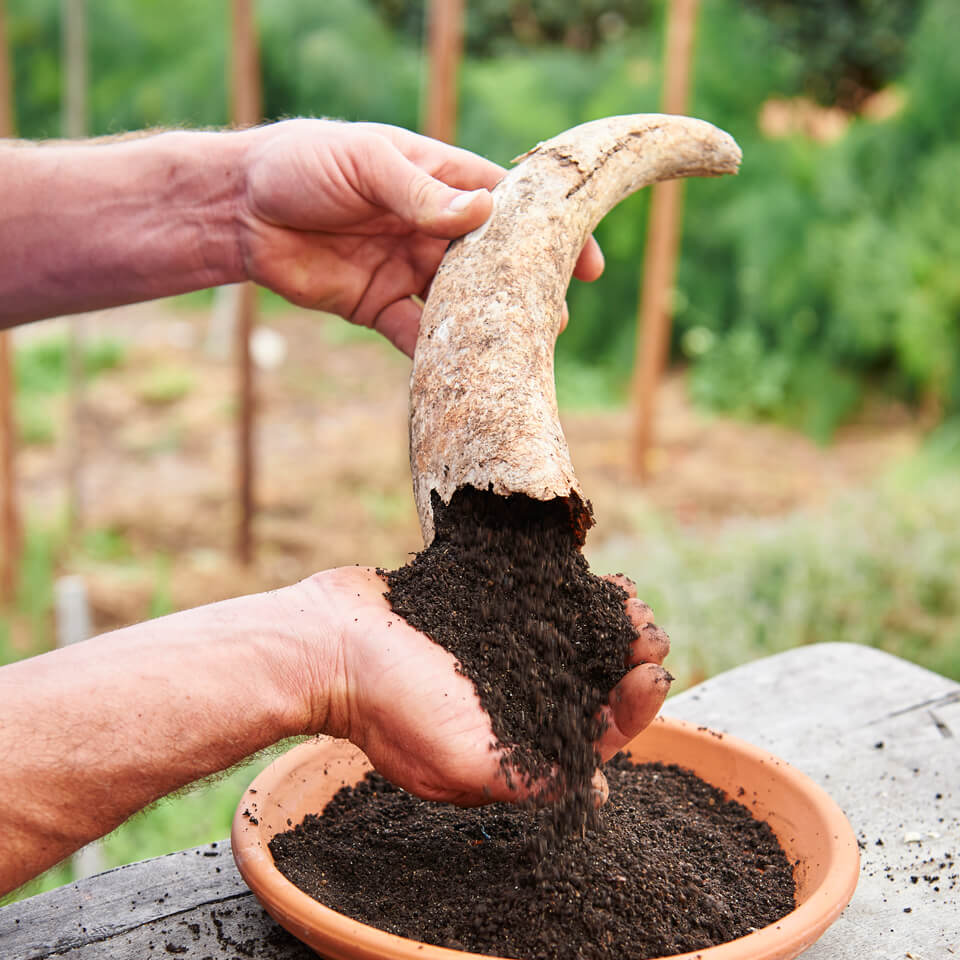
Coming off a decade that saw wines made to order for an export market, both at the high and low end of the spectrum, the search for genuine character was building throughout the 2000s, and it would gather momentum to shake the international perception of Australian wine being either turbo-charged reds or bottled-sunshine whites. It would also see the emergence of so-called ‘alternative’ varieties as a serious category, both for their ability to thrive in the challenging Australian climate but also to make wines in a midweight savoury mould in line with changing tastes. The 2000s was a turbulent decade but it was the foundation for the shaping of an even more exciting, diverse and respected Australian wine scene.

The light pale gold hue belies the richness and intensity of this powerful example of the variety. Aromas of grilled nuts, butter and toasty oak along with a melange of tropical fruit and ripe melons lead to a juicy palate of tropical paw paw fruits, pears and melon, folding into a creamy texture, finishing with a phenolic grip.
Available from Vintage Cellars.
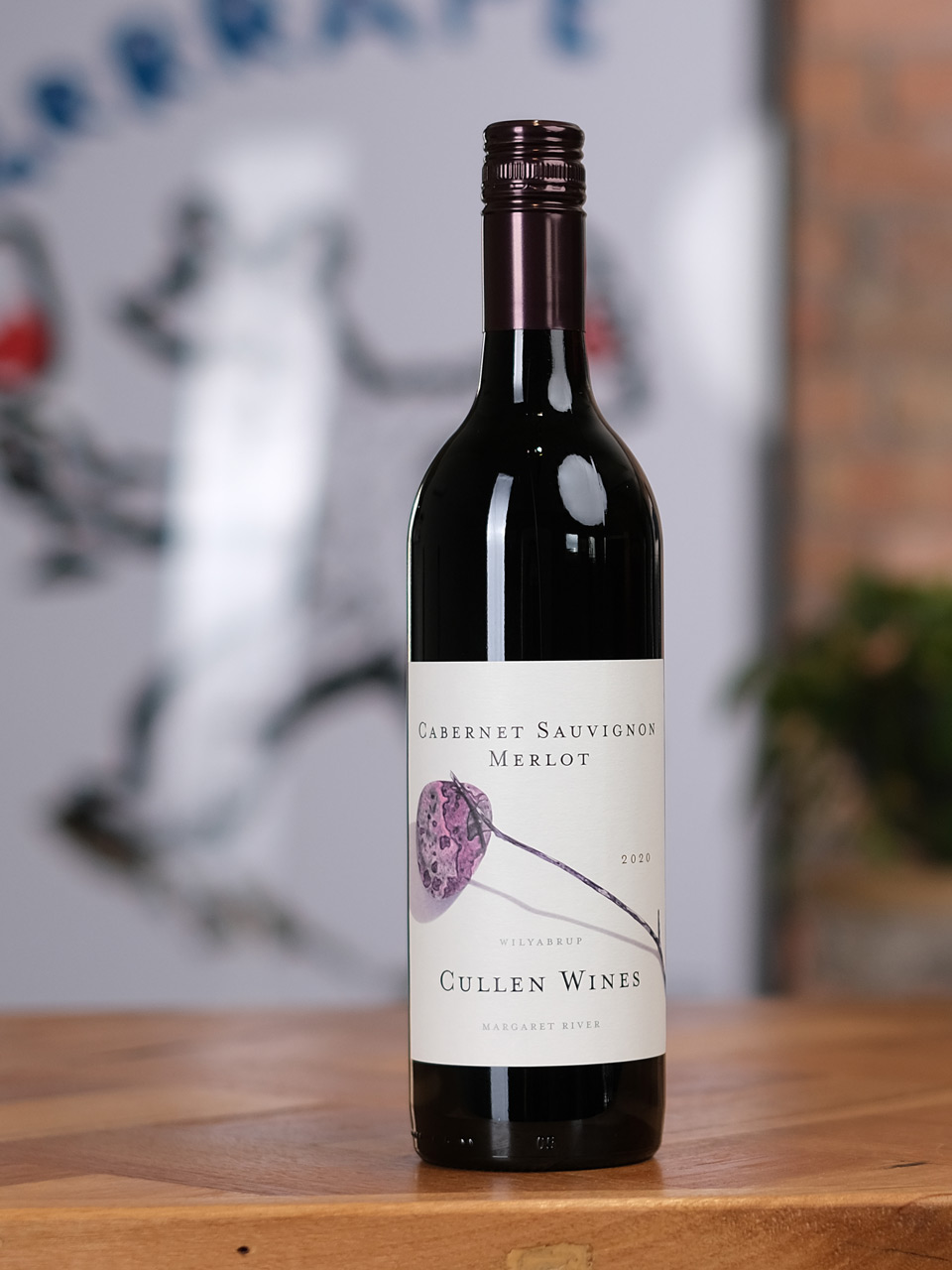
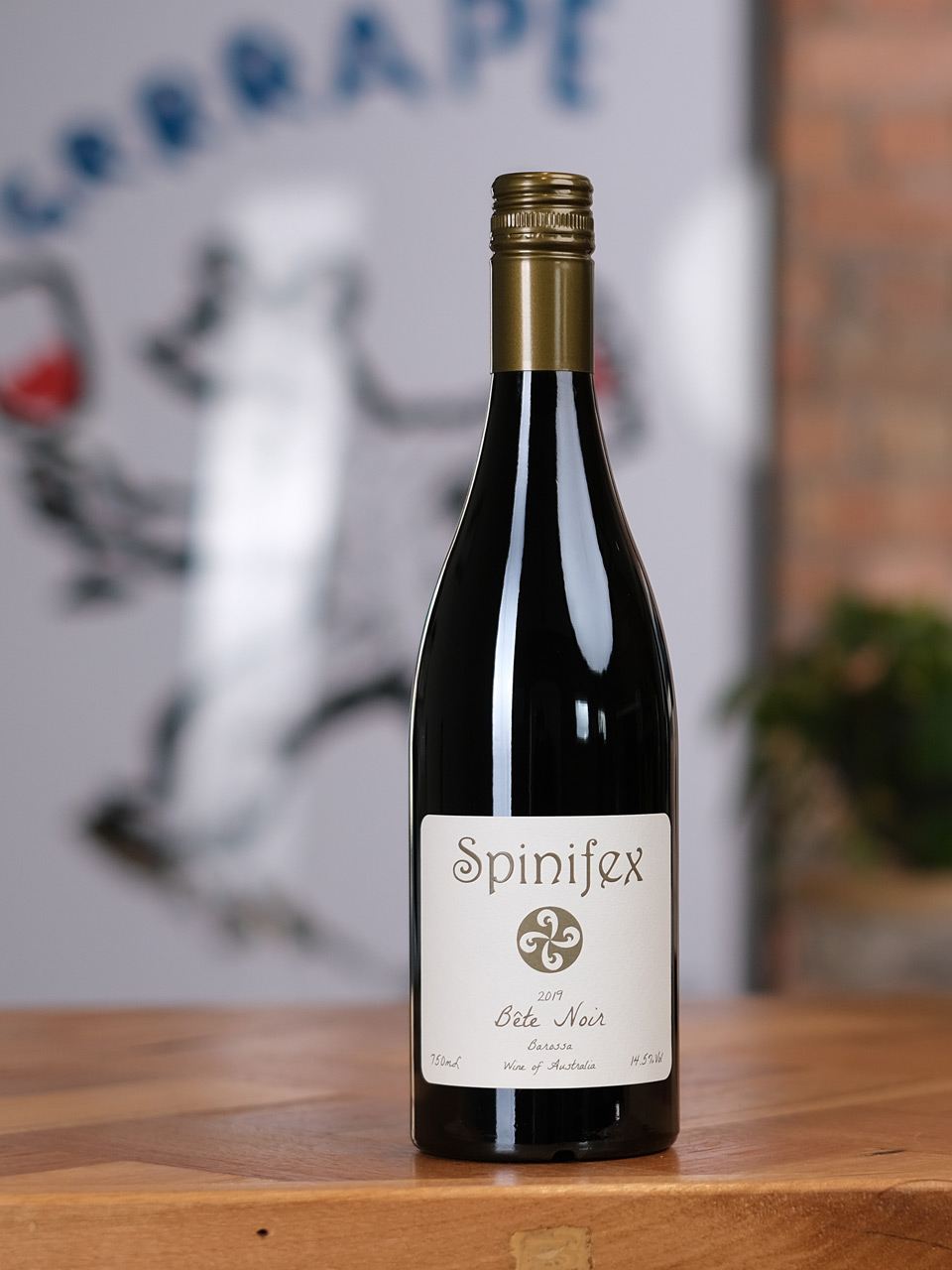
Lifted notes of green olives and capsicum combined with fresh blueberry fruit and perfumed vanilla oak. The fruit flavours are more to the fore on the palate with pronounced blackcurrants. The weight is medium bodied and the flavours linger on due largely to firm grainy tannin. The wine is enjoyable now, fresh and so youthful, but will certainly reward those with patience in the cellar.
Available from Vintage Cellars.
Initial aromas are spices such as cinnamon, nutmeg and cloves with deep and dark ripe plummy fruit and glacé cherries. An unctuous texture cloaks the oak with the rich fruit flavours as well as aniseed and chocolate adding layers and complexity. The tannins give the back palate a defined drying grip that suggests that the wine is but a pup.
Available from Vintage Cellars.
Please sign in or create account as candidate to bookmark this job
Please sign in or create account to save this search

Please sign in or create account as candidate to create a resume